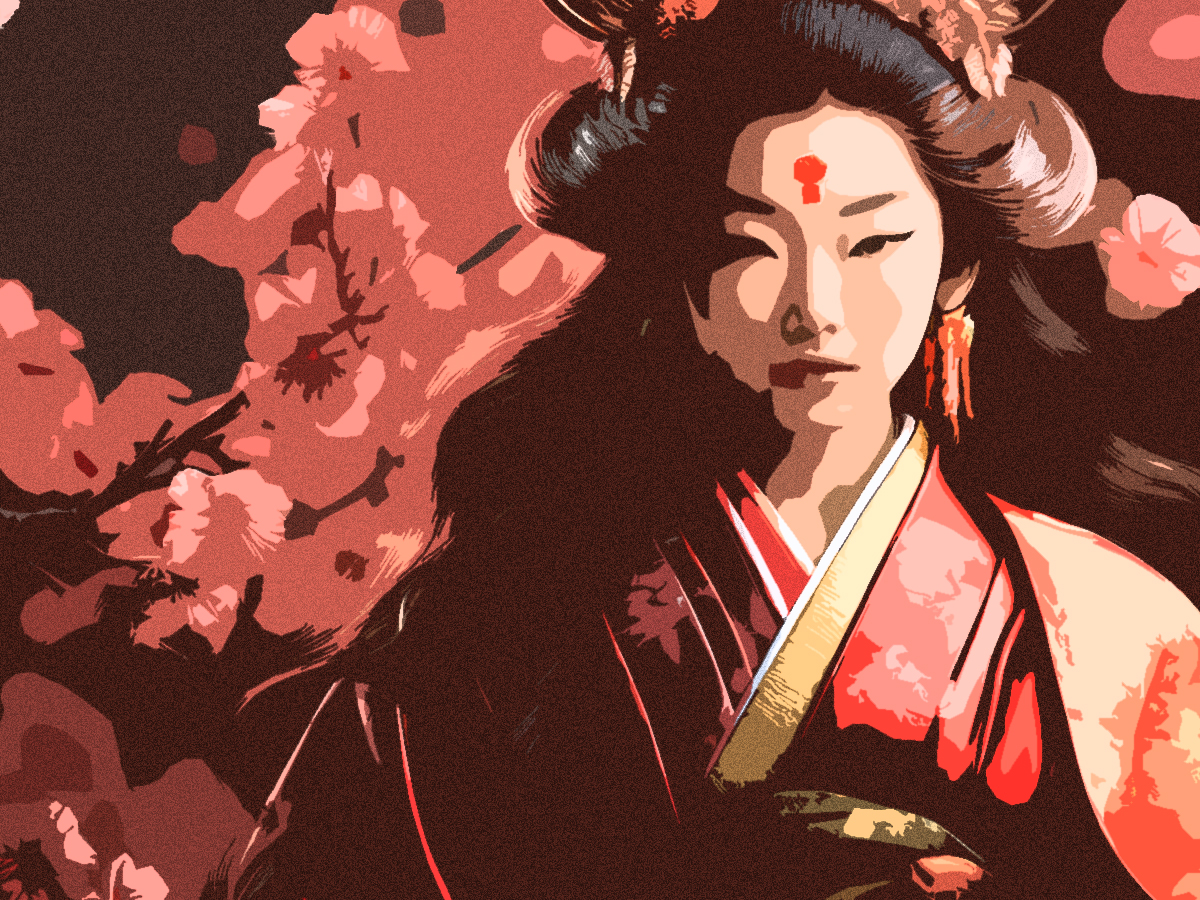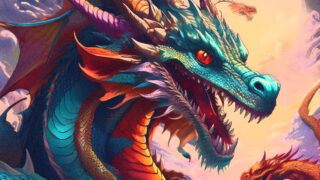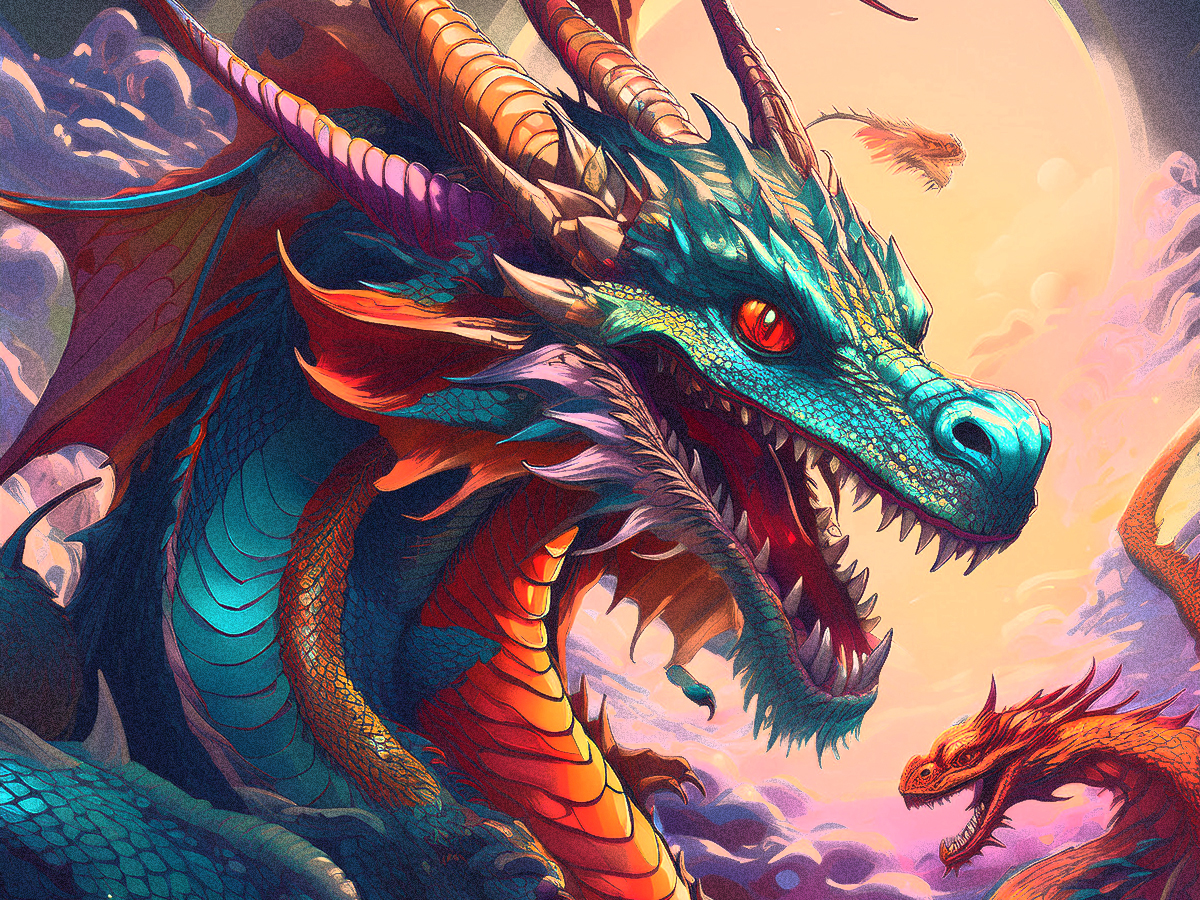- It is said that three powerful forces existed in ancient Japan:
- Who is Tsukuyomi no Mikoto? — Its Relationship with the Hata Clan
- The True Identity of the Izumo Clan — Susanoo and His Descendants
- The Relationship of the Three Great Powers — Political Marriages and Conquest
- Tenson Kōrin and the Seized “Ashihara no Nakatsukuni”
- The Mysterious Connection Between Izumo and Hebrew
- Conclusion — Altered History and Lost Memories
- Bonus
It is said that three powerful forces existed in ancient Japan:
The Tenson clan (Amaterasu/Yamato Dynasty), The Izumo clan (Susanoo Lineage), and the Getsushi clan/Hata Clan (Tsukuyomi).
The Kojiki and Nihon Shoki, transmitted to the present day, are also myths where the history woven by these forces was compiled conveniently by the rulers of the time. This article will focus particularly on the often mysterious Tenson clan(Tenson-zoku), Izumo clan, and Getsushi clan, examining their origins and their roles in ancient Japan.
Who is Tsukuyomi no Mikoto? — Its Relationship with the Hata Clan
Tsukuyomi no Mikoto (Tsukuyomi) is known as one of the “Three Noble Deities” alongside the sun goddess Amaterasu and the sea god Susanoo, but its true nature is shrouded in mystery. There are few legends about Tsukuyomi, and its presence seems to be suppressed compared to Amaterasu Omikami and Susanoo.
The name Tsukuyomi is also written as “Tsukuyumi” (月弓), and its etymology is thought to derive from the ancient Central Asian nomadic people known as the “Getsushi” (月氏). It is said that after their king was killed, the Getsushi split into two factions: one, the Greater Getsushi, went west, and the other, the Lesser Getsushi, remained in the east. The Greater Getsushi later became the mother group that gave rise to the Shakya clan, who spread Buddhism. The people of the Tsukuyomi lineage who came to Japan came to be called the “Hata Clan” (Hata-uji).
According to Mr. Mutsuhiro Takeuchi, a branch of the Tsukuyomi clan that once left Japan became a Jewish people and eventually returned to Japan as the “Hata clan.” This theory is also mentioned in the Seito Takeuchi Monjo, which records that the formation of Japan was a fusion of the three great powers: the “Yamato clan,” the “Izumo clan,” and the “Jewish lineage (Hata clan).”
The True Identity of the Izumo Clan — Susanoo and His Descendants
On the other hand, the Izumo clan was a lineage descended from Susanoo, and it held enormous influence in ancient Japan, stretching from Kyushu to the San’in region. Susanoo subjugated the Yamata no Orochi and married Kushinadahime, a daughter of Izumo. It was Okuninushi no Mikoto (Okuninushi), later the King of Izumo, who married Suserihime, born between Susanoo and Kushinadahime. However, Okuninushi was an adopted son-in-law of Suserihime and did not directly inherit Susanoo’s blood. The one who inherited his blood was Kotoshiro-nushi-no-kami, born between Okuninushi and another woman, and he later came to be worshipped as “Ebisu” of the Seven Lucky Gods.
The Relationship of the Three Great Powers — Political Marriages and Conquest
The Izumo Dynasty and the Tsukuyomi lineage (Hata Clan) once formed an alliance through political marriage. Susanoo married Kamioichihime, who came from the Hata clan, and they had Onotoshi-no-kami and Ukemochi-no-kami. This Ukemochi-no-kami is the deity enshrined at the present-day Fushimi Inari Shrine and can be seen as a symbol of the fusion of Izumo and the Hata clan.
However, the Tenson clan, fearing the rise of this power, began to move to conquer Izumo. After Susanoo’s death, Amaterasu Omikami dispatched Takemikazuchi no Mikoto and Futsunushi no Mikoto. They pressed Izumo for the “transfer of the land,” and eventually, Kotoshiro-nushi, Okuninushi’s son, accepted. However, Takeminakata-no-kami, who vowed to fight to the bitter end, was defeated in the land of Suwa and thereafter became unable to leave Suwa.
Tenson Kōrin and the Seized “Ashihara no Nakatsukuni”
“Tenson Kōrin” (Descent of the Heavenly Grandson), described in the Kojiki and Nihon Shoki, is a myth in which Ninigi no Mikoto, the grandson of Amaterasu Omikami, descends from Takamagahara to Ashihara no Nakatsukuni and rules the earth. However, there is a strong theory that this was not merely a “peaceful transfer of the land” but actually a military conquest. Ninigi’s forces defeated Okuninushi and effectively subdued Izumo. This is thought to have established the dominance of the Yamato sovereignty.
The Mysterious Connection Between Izumo and Hebrew
Regarding the etymology of “Izumo,” it is conventionally said to be a corruption of “Izume no Kuni” (Land of Emerging Sprouts). However, there is an interesting theory. If interpreted in Hebrew, the sound “Itzumo” (イツモ) means “cutting edge” or “forefront.” This suggests the possibility that a vanguard from Judea (Hebrew) landed in Izumo.
Conclusion — Altered History and Lost Memories
Japanese mythology is not mere fantasy but rather “traces of historical facts” that rewrapped ancient political struggles, ethnic fusions, and religious interpretations as stories of the gods. The Kojiki and Nihon Shoki were written with the intention of legitimizing the Imperial family, and it is highly likely that the influence of Tsukuyomi no Mikoto and the Izumo clan, which originally existed, was intentionally downplayed. By interpreting myths from this perspective, we may gradually get closer to the true origins of Japan.
Bonus
Izanagi no Mikoto, Izanami no Mikoto, Susanoo no Mikoto, Amaterasu Omikami, Seoritsuhime, Konohana-sakuya-hime, and others are also called dragon deities and have become Japanese gods. It is said that they built a friendly relationship with the Jomon people.




コメント